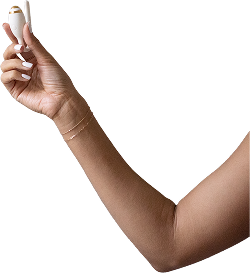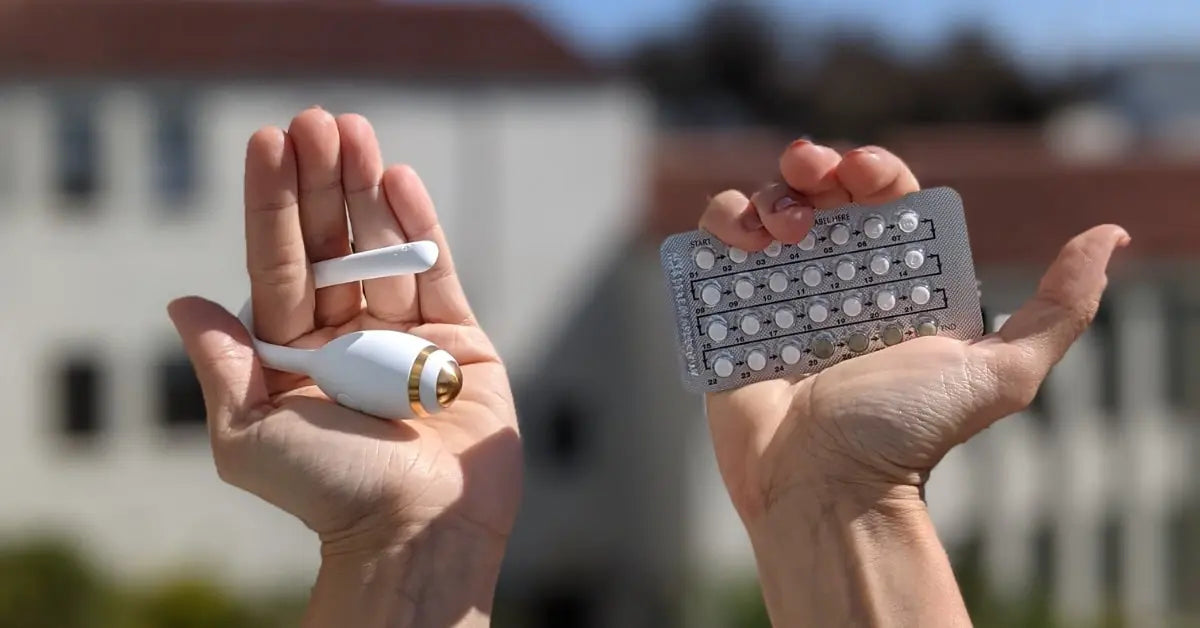My Dear Diary,
I took my first pill at the age 15. After a night out with my boyfriend of that time and a broken condom, my mum found me sitting on my bed, in a river of tears, contemplating the destiny of my young life. She made me talk to an OB-GYN who suggested hormonal Birth control: a combined pill.
I was on a pill for almost a decade when, after a genetic test, I found I carry a MTHFR mutation and my homocysteine values were found very high. Many conditions have been proposed to be associated with MTHFR including cardiovascular and thromboembolic diseases (specifically blood clots, stroke, embolism, and heart attacks). So I said goodbye to hormonal birth control, for now. (Birth control pill is 3x more likely to lead to blood clots than the covid vaccine*).
I adjusted my diet, my homocysteine normalized and then I walked through the possibility of taking a birth control pill that was progesterone-only and so less ‘risky’ for blood clots. I accepted and I kept taking this type of mini-pill until my cycles got longer and longer, then disappeared. For the first time in my life, I had the chance to understand what HBC was doing to my body: 239 day cycle and very little sex desire. I was shocked. It was nice to be on holiday without worrying about Aunt Flo for a while, but losing my libido was driving me insane.
I then heard about kegg from a Californian friend of mine, who was trying to conceive and was looking for a convenient product to predict her fertile window and to time intercourse better. She added me to the kegg Facebook community, ‘You’ll learn SOOO MUCH’ she said.
I bought kegg but then I realized that I couldn’t use it
I knew so little about fertility that I bought kegg imagining I could use it while on the pill. I wanted to support the company at its beginning but unfortunately, I could not use kegg immediately.
Hormonal birth control such as the pill and IUD suppress ovulation. No ovulation means there’s no egg released for sperm to fertilize, so pregnancy can’t occur. You can still ‘bleed’ but without ovulation, your menstrual cycle is not a real cycle. This was a surprise to me (and probably to all my beloved friends on birth control). Moreover, the Copper IUDs can alter cervical mucus, because of this. This is the reason why kegg will not be able to provide you with valuable fertility data.
I followed the kegg team’s guideline; they recommend users:
- Begin tracking their fertility with kegg after they come off their chosen method of birth control and are ready to conceive.
- Have been off hormonal birth control for at least 3 months and have had at least 2 menstrual cycles.
I never thought about abandoning my birth control before joining the kegg community. To be honest, if I now look back, I believe the problem has always been the lack of time to learn about Natural Family Planning and prioritizing my little free time to do other things. Now, at the age of 32, it was time for me to enter the adulthood world, where a new, more mature version of myself was ready to decode all the aspects around fertility.
My first kegg charts
I remember the night I took my last birth control pill. I felt a mix of excitement and anxiety. I heard about women waiting for their period to come back for 9-11 months. My current OB-GYN also told me to be ready to wait at least 3 months before starting my TTC journey.
The morning after I was incredibly full of energy and started to wonder what more I could have done in those 239 days in which progesterone pills were making me tired and sometimes energyless.
I set up my kegg reminder for 8AM every morning and little by little I started to see the kegg chart forming and predicting a beautiful 5 day fertile window. Now I was like a sentinelle, looking to see my ‘deep’ valley, my fertility peak day. My first 2 cycles with kegg were 29 days each. I’d say that the first one felt a little bit wonky but during the second cycle kegg spotted my fertility peak exactly where it said it would be (day17). It occurred 2 days earlier compared to my Flo Health app prediction, but I knew kegg was right because I could confirm EWCM with my observation on the toilet paper.
For the first time, I got to see the ‘Lady in green’ sitting on the window in the kegg app that appears while you’re in your fertile days.
First cycle with kegg:


Second cycle with kegg

kegg’s team note: keep in mind, the data kegg collects in early return of fertility cycles can be atypical as the body is often still regulating. While there is no ONE classic kegg pattern; What we typically see is a fertile valley of a few lower readings followed by at least a couple higher readings. Oftentimes kegg can still discern the fertile window even when the data is not typical to the naked eye.
I am aware my charts are still far from being perfect and my hormones are still regulating after HBC but I am happy to have discovered kegg’s community and blog because I am learning so much about my body and fertility overall. I hope this little diary page will help those women who are still waiting for the ‘best moment’ to go off birth control.
*Source: https://www.health.com/condition/infectious-diseases/coronavirus/jj-vaccine-blood-clots-birth-control



